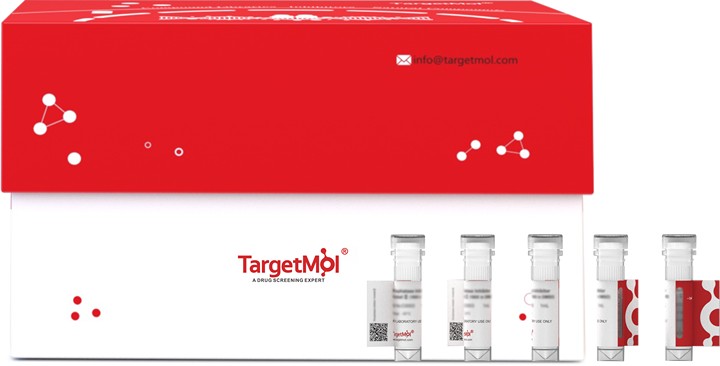Shopping Cart
- Remove All
 Your shopping cart is currently empty
Your shopping cart is currently empty

FGF-21 Protein, Rat, Recombinant (His) is expressed in HEK293 Cells. The accession number is Q8VI80.

| Pack Size | Price | Availability | Quantity |
|---|---|---|---|
| 100 μg | $617 | Backorder |
| Biological Activity | Activity testing is in progress. It is theoretically active, but we cannot guarantee it. If you require protein activity, we recommend choosing the eukaryotic expression version first. |
| Description | FGF-21 Protein, Rat, Recombinant (His) is expressed in HEK293 Cells. The accession number is Q8VI80. |
| Species | Rat |
| Expression System | HEK293 Cells |
| Tag | C-His |
| Accession Number | Q8VI80 |
| Synonyms | Fgf8c |
| Construction | A DNA sequence encoding the Rat FGF21 (NP_570108.1) (Met1-Ser208) was expressed with a polyhistidine tag at the C-terminus. |
| Protein Purity | ≥ 95% as determined by SDS-PAGE. ≥ 90% as determined by SEC-HPLC. |
| Molecular Weight | 21.12 kDa (predicted); 24 kDa (reducing contition) |
| Endotoxin | < 1.0 EU per μg protein as determined by the LAL method. |
| Formulation | Lyophilized from sterile PBS, pH 7.4. Please contact us for any concerns or special requirements. Normally 5 % - 8 % trehalose, mannitol and 0.01% Tween 80 are added as protectants before lyophilization. Please refer to the specific buffer information in the hardcopy of datasheet or the lot-specific COA. |
| Reconstitution | Please refer to the lot-specific COA. |
| Stability & Storage | It is recommended to store recombinant proteins at -20°C to -80°C for future use. Lyophilized powders can be stably stored for over 12 months, while liquid products can be stored for 6-12 months at -80°C. For reconstituted protein solutions, the solution can be stored at -20°C to -80°C for at least 3 months. Please avoid multiple freeze-thaw cycles and store products in aliquots. |
| Shipping | In general, Lyophilized powders are shipping with blue ice. |
| Research Background | Fibroblast growth factor 21 (FGF21) is a member of the fibroblast growth factor (FGF) family. FGF family members possess broad mitogenic and cell survival activities and are involved in a variety of biological processes including embryonic development, cell growth, morphogenesis, tissue repair, tumor growth and invasion. FGF-21 has a hydrophobic amino terminus, which is a typical signal sequence, and appears to be a secreted protein. The metabolic regulator fibroblast growth factor 21 (FGF21) has antidiabetic properties in animal models of diabetes and obesity. FGF21 is a novel adipokine associated with obesity-related metabolic complications in humans. The paradoxical increase of serum FGF21 in obese individuals, which may be explained by a compensatory response or resistance to FGF21, warrants further investigation. FGF-21, which we have identified as a novel metabolic factor, exhibits the therapeutic characteristics necessary for an effective treatment of diabetes. |

Copyright © 2015-2025 TargetMol Chemicals Inc. All Rights Reserved.